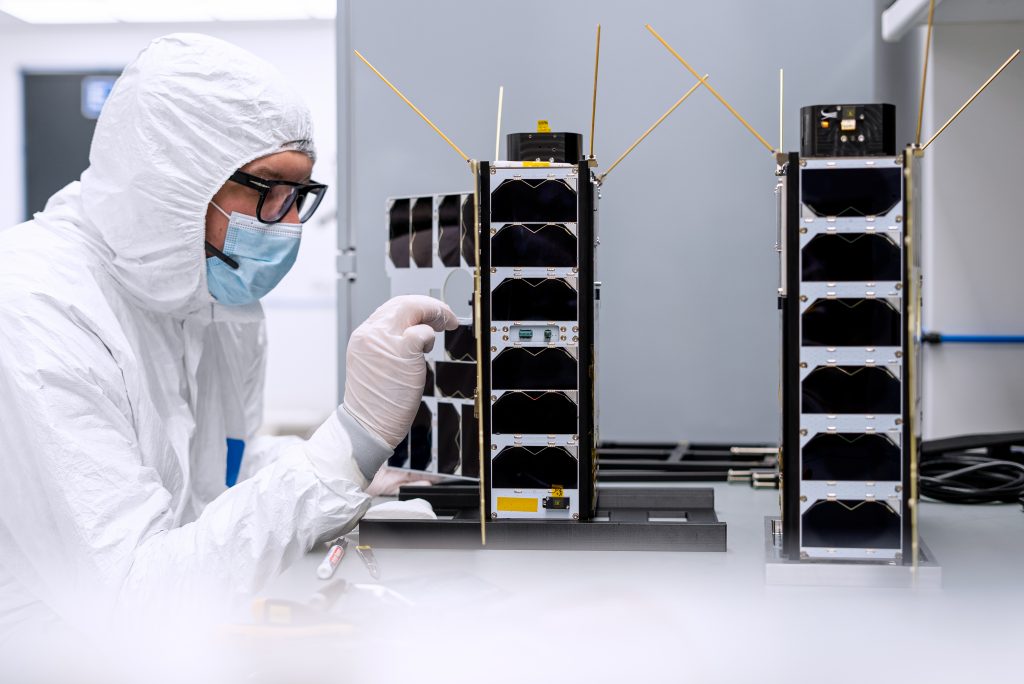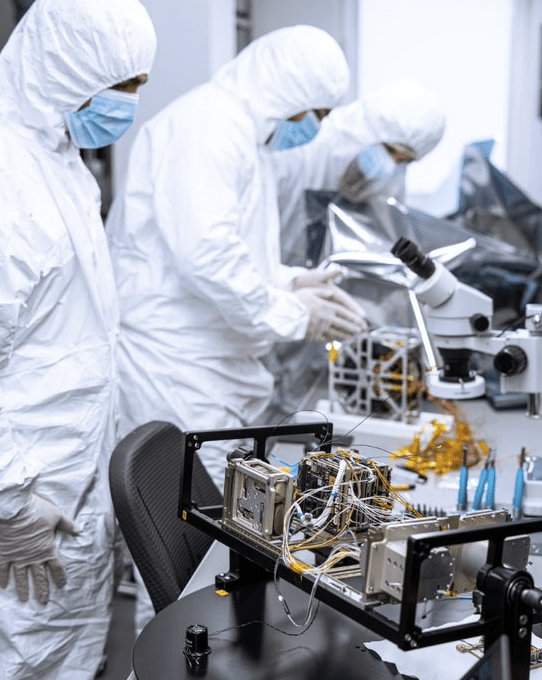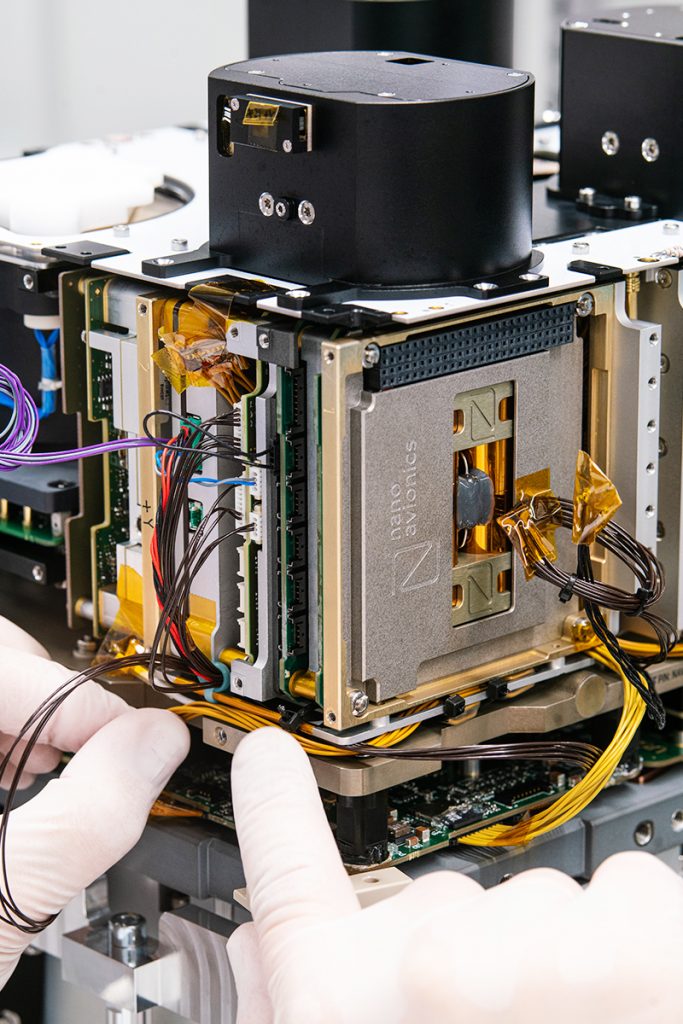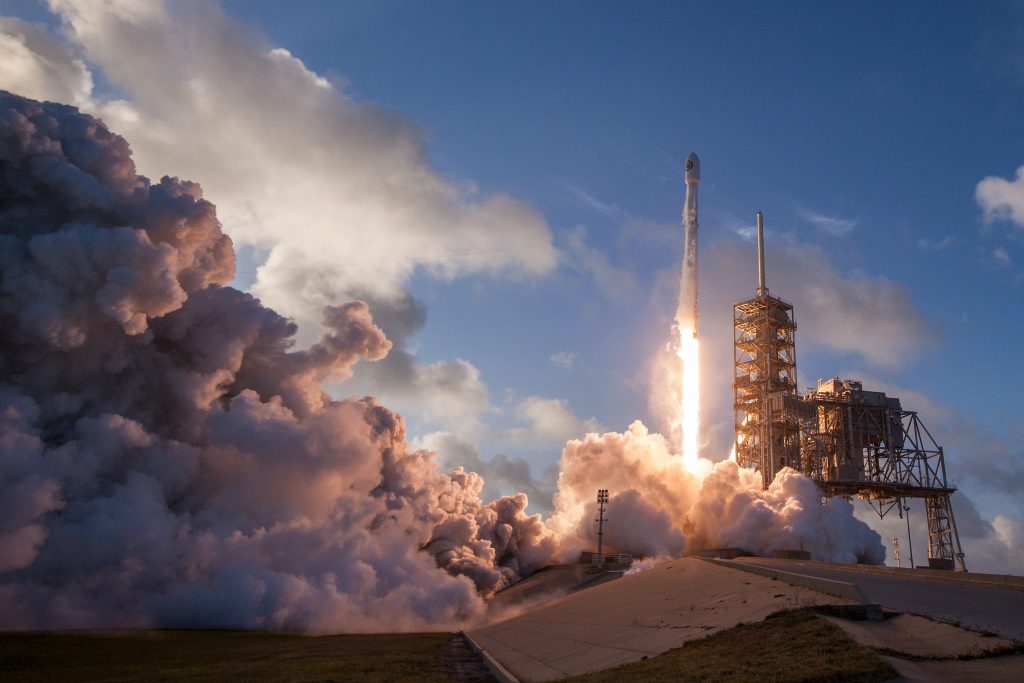Be part of the future with us!
Register now for our online product launch event on May 23rd.
Cost is a key advantage that small satellites and CubeSats hold over traditional large satellites. Student-developed CubeSats can cost as little as a few thousand dollars. A commercial small satellite may be one hundred times more expensive, but that pales in comparison to the multi-million or billion-dollar cost of a large satellite. So what do you need to take into account to estimate how much do CubeSats and SmallSats cost?
Time is money. Shortening the development cycle can significantly reduce a project’s cost. Standardized designs reduce the time needed to develop a satellite project. Less time must be spent developing systems that already exist. Proven, commercially-available components can be integrated with less testing.
NanoAvionics helps customers reduce development costs even further by providing them with our flight-proven small satellite buses. Customers do not need to spend time and money developing communications, power management, and other spacecraft systems. Instead, they can focus their teams and budgets on developing the technologies that drive their missions.

For decades, the space industry relied on expensive “space-rated” components. Specially designed for use in space, these components are made in small batches with few economies of scale. Standardization and commercial-off-the-shelf (COTS) technologies make small satellite components more affordable. In many cases, COTS components benefit from the miniaturization, performance, and economies of scale of smartphones and other mass-market technologies.
Constellations that build their own satellites further reduce costs through high-volume production. NanoAvionics’ satellite buses deliver similar savings for small satellite projects at any scale.


Launching a traditional, multi-tonne satellite can cost tens or hundreds of millions of dollars. The cost to launch a small satellite is proportionally less. But cost-per-kilogram is not the only factor determining a small satellite’s launch cost.
If the satellite is the primary payload of a small launch vehicle, the project may bear the full multi-million dollar launch cost. Rideshares, on the other hand, take advantage of a bigger satellite’s unused mass budget. Filling a spot on a commercial small satellite rideshare, such as SpaceX smallsat ridehsare program can cost below $150,000, depending on satellite size.
Getting a satellite into space also requires paperwork. Radio transmission licenses are needed. Safety information about propellants, batteries, and more must be documented. Compiling all the information is challenging enough, but completing the paperwork incorrectly could ground the mission. A satellite provider such as NanoAvionics can manage this process on its customers’ behalf.

Several factors contribute to a satellite’s operating costs. Engineers, scientists, and other team members must staff the control center. A network of ground stations — or a third-party ground station service — is needed to communicate with the satellite. Satellite mission control software (MCS) is a necessary tool to schedule and automate satellite tasks and monitor the parameters of a satellite.
The scale and lifecycle of the satellite project will also impact operating costs. Scientific or development missions, for example, tend to rely on small teams to run one satellite for a brief period. Satellite constellations, on the other hand, have long-term operations that are more complex and require larger teams. These costs are spread across hundreds or thousands of satellites which creates an economy of scale that large-satellite operators can never achieve.
